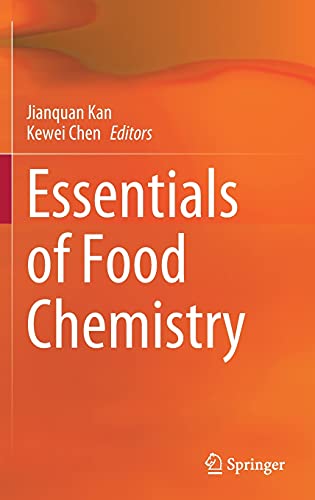

Most ebook files are in PDF format, so you can easily read them using various software such as Foxit Reader or directly on the Google Chrome browser.
Some ebook files are released by publishers in other formats such as .awz, .mobi, .epub, .fb2, etc. You may need to install specific software to read these formats on mobile/PC, such as Calibre.
Please read the tutorial at this link: https://ebookbell.com/faq
We offer FREE conversion to the popular formats you request; however, this may take some time. Therefore, right after payment, please email us, and we will try to provide the service as quickly as possible.
For some exceptional file formats or broken links (if any), please refrain from opening any disputes. Instead, email us first, and we will try to assist within a maximum of 6 hours.
EbookBell Team

4.8
64 reviewsThis book presents fundamental and practical information on food chemistry. Using 2-D barcodes, it illustrates the specific reactions and potential transformation mechanisms of food constituents during various manufacturing and storage processes, and each chapter features teaching activities, such as questions and answers, and discussions. Further, it describes various local practices and improvements in Asia. Divided into 12 chapters covering individual nutrients and components, including water, proteins, carbohydrates, lipids, vitamins, minerals, enzymes, pigments, flavoring substances, additives, and harmful constituents, it addresses their food chemistry, as well as their transformations during manufacturing processes, and typical or advanced treatments to improve food quality and safety.
This book helps college students to gain a basic understanding of nutrients and food components, to discover and implement the practical industrial guidelines, and also to learn the latest developments in food chemistry.